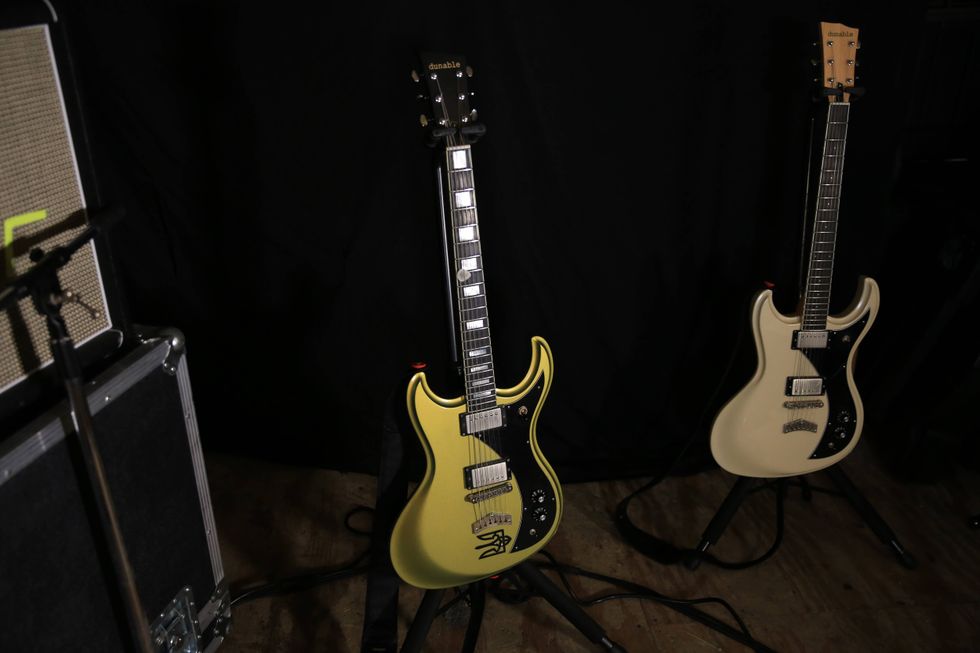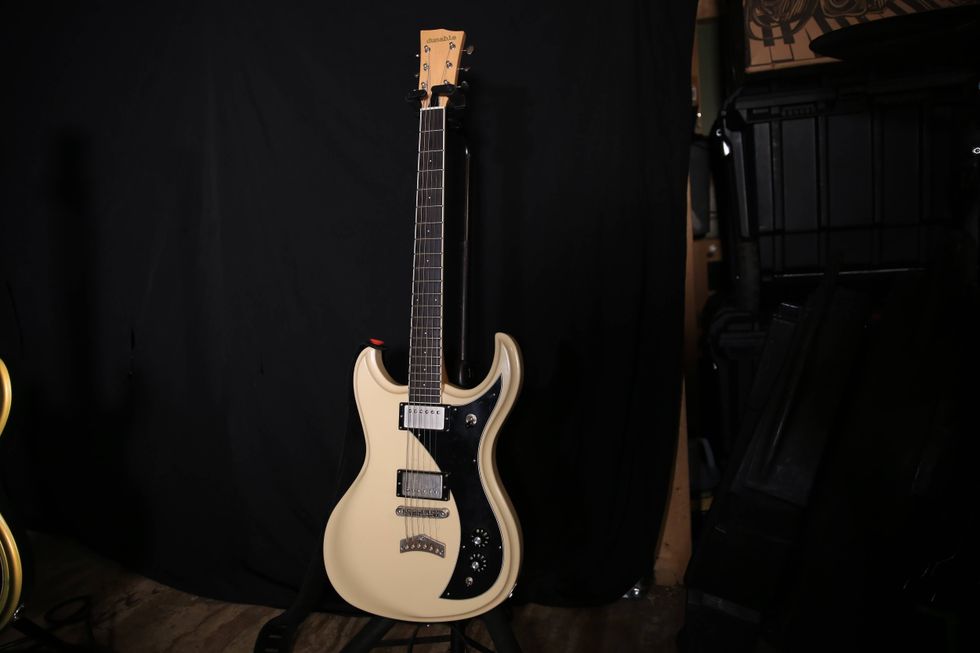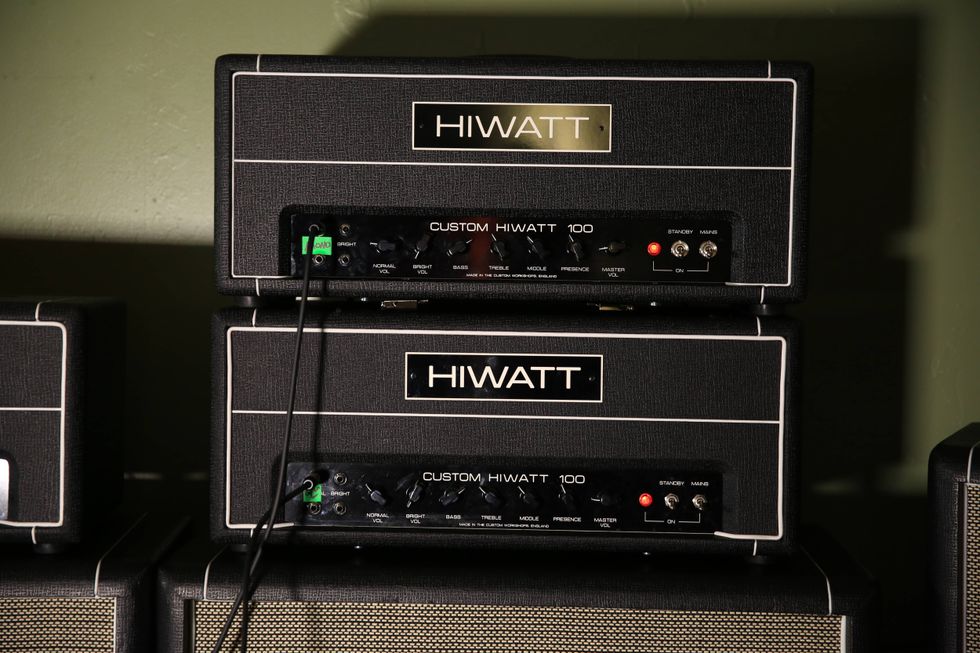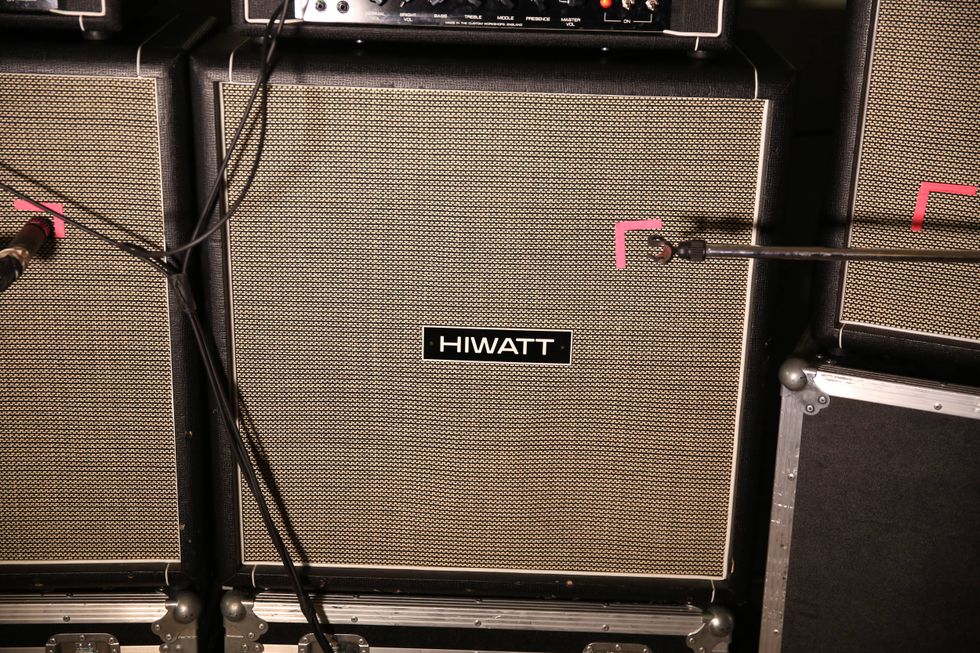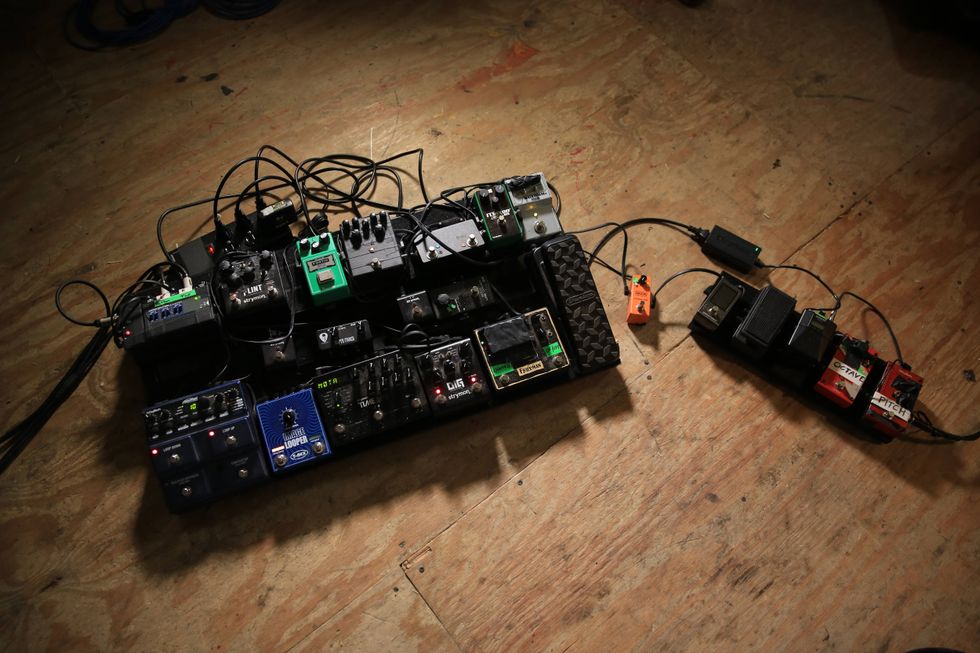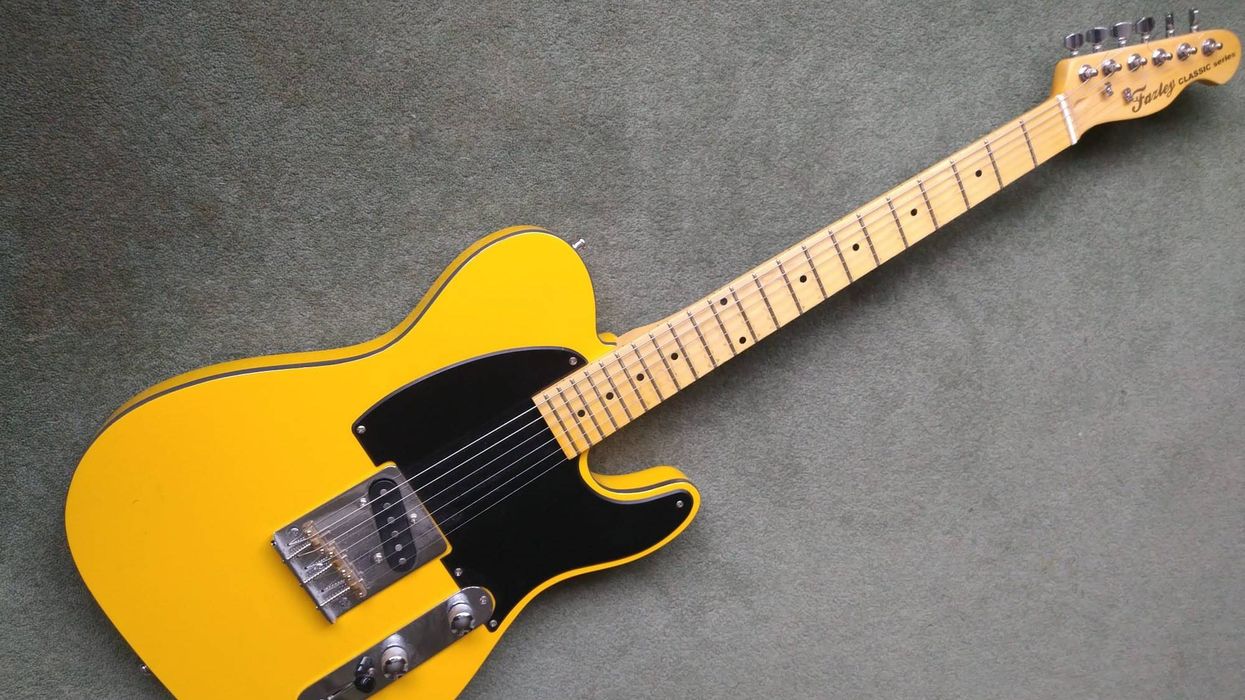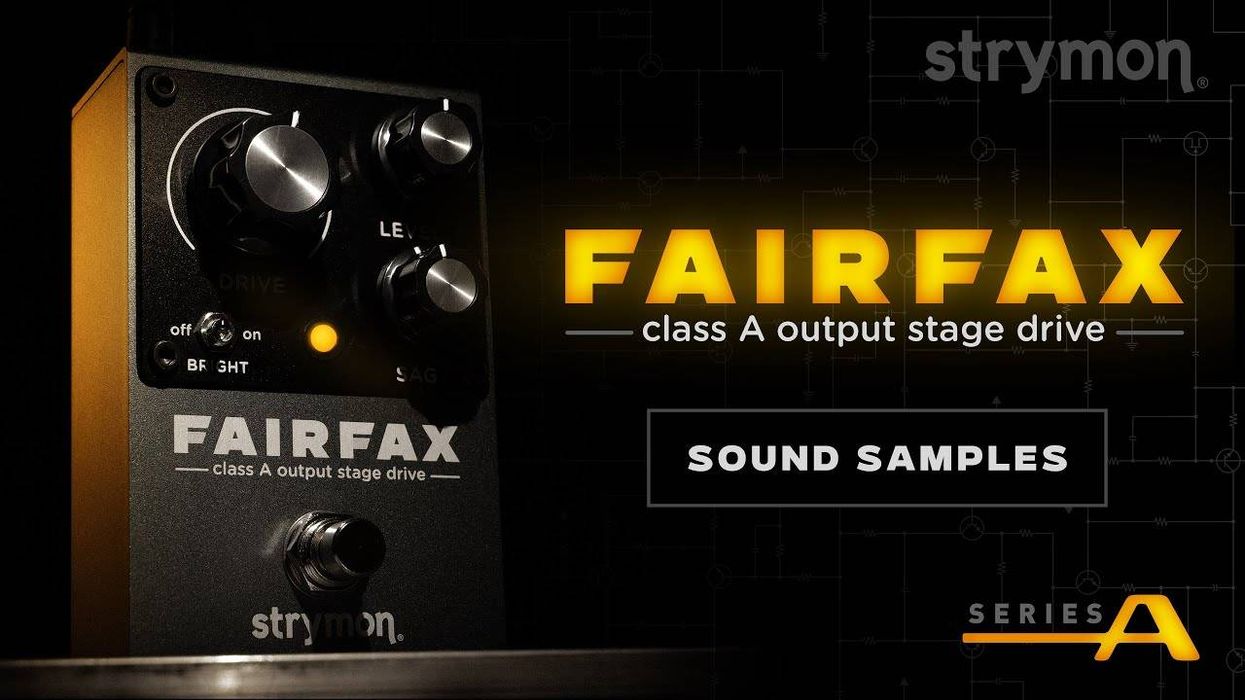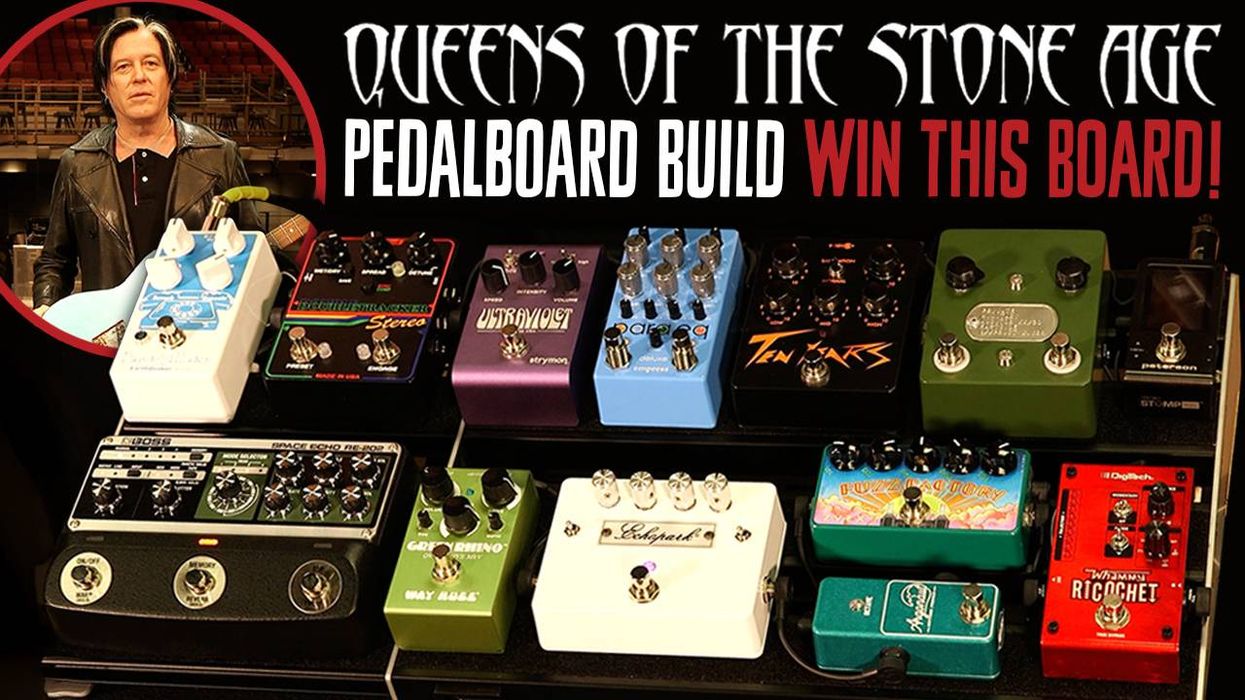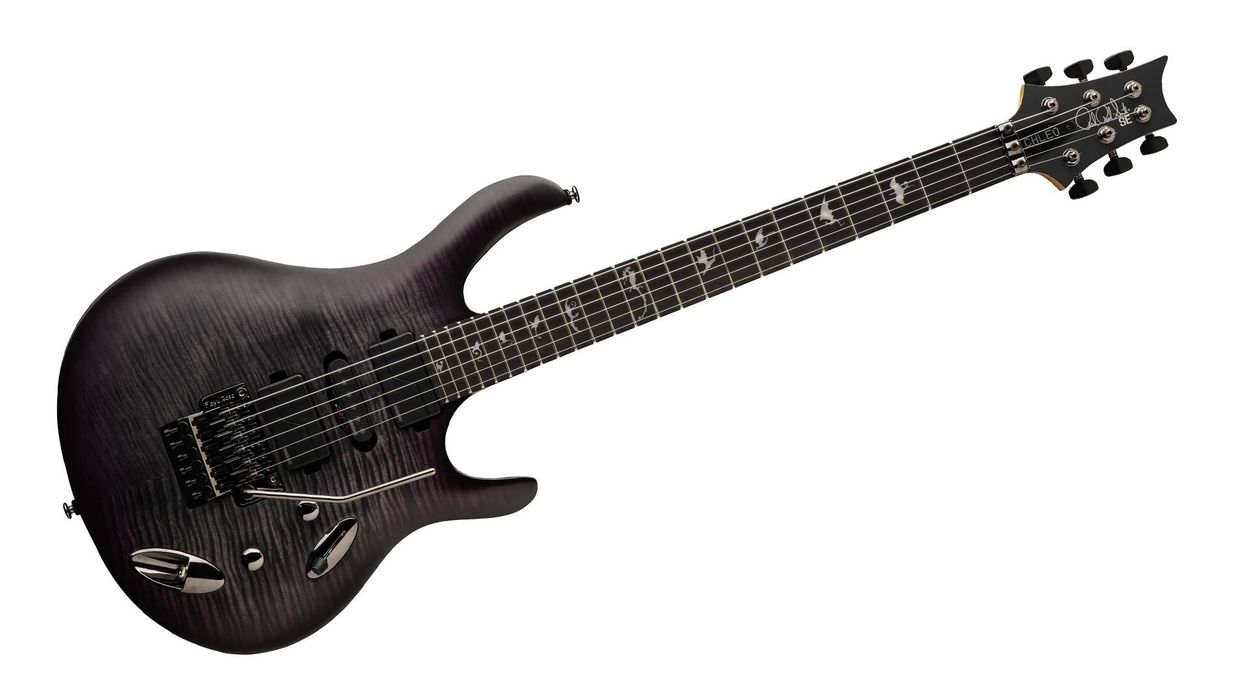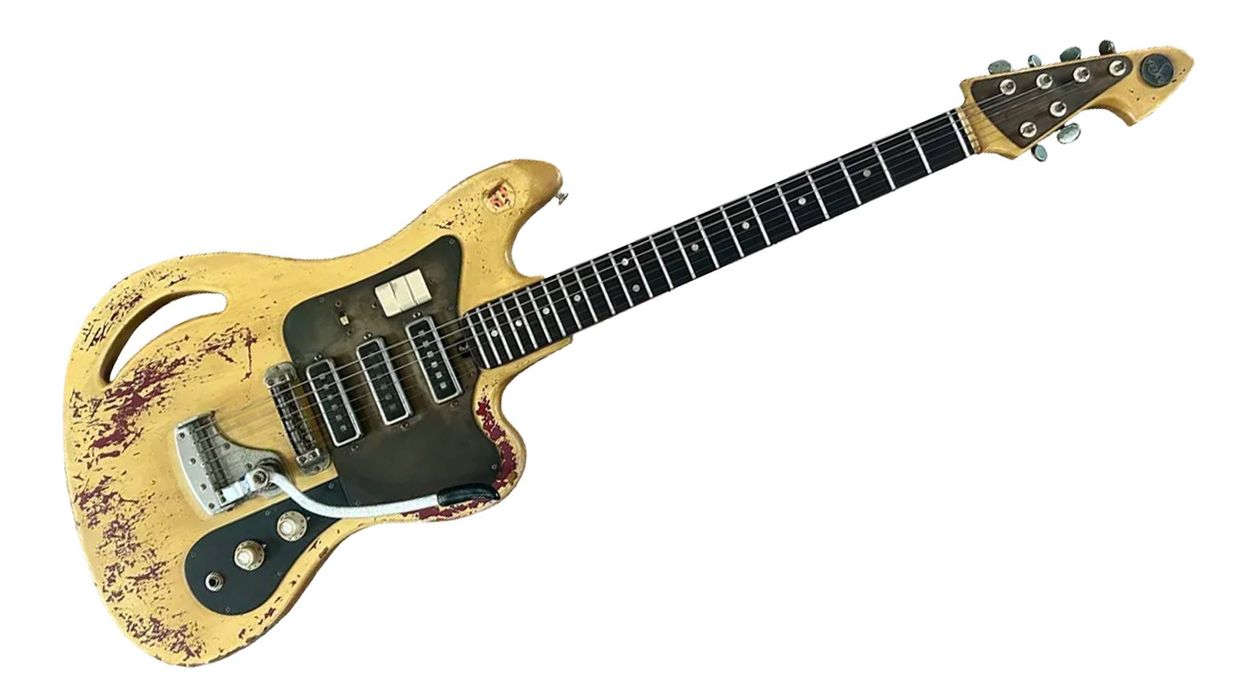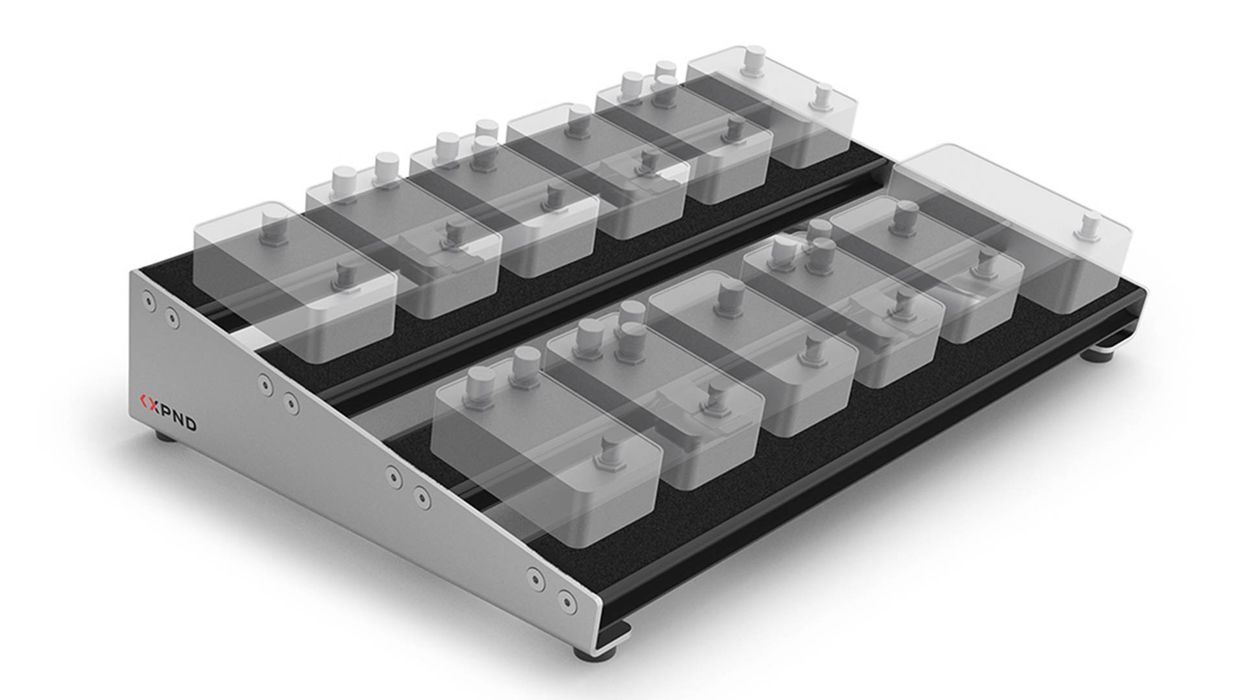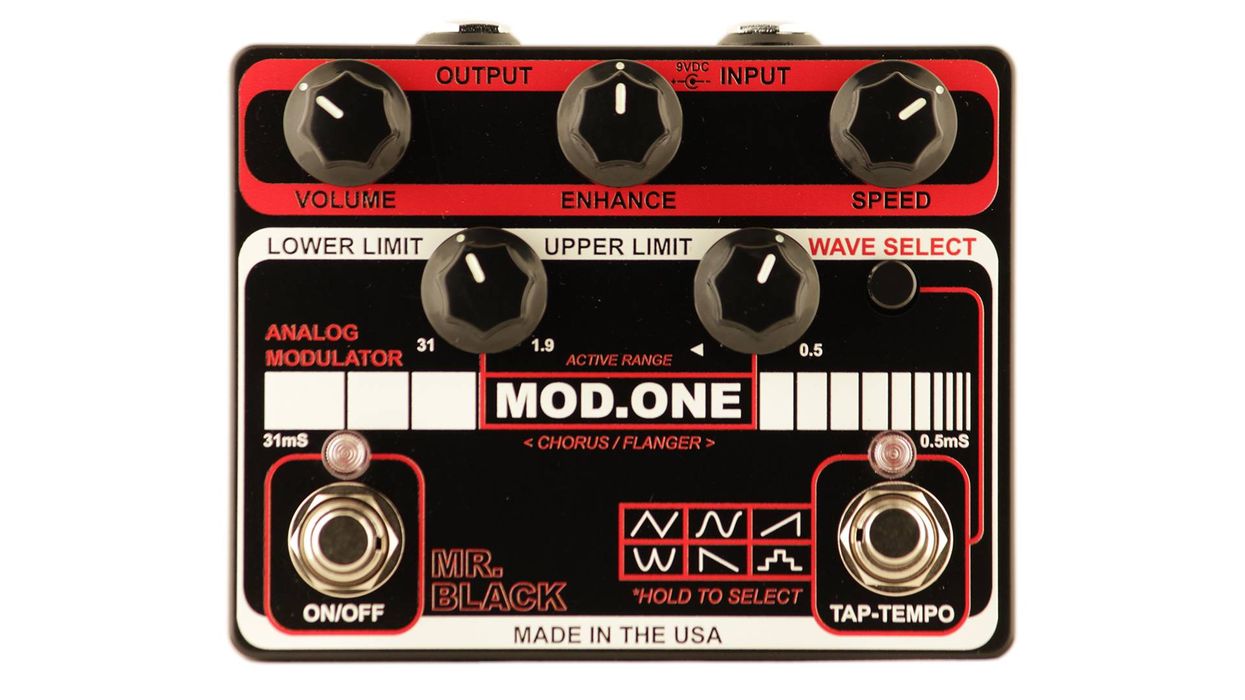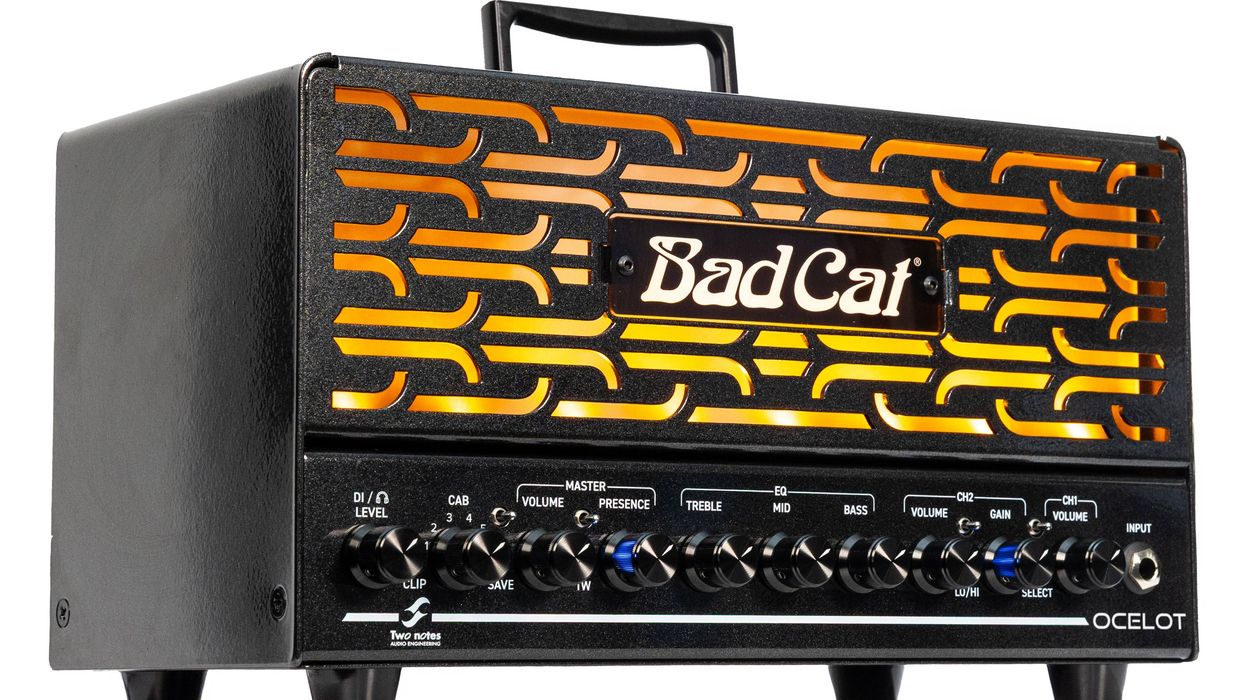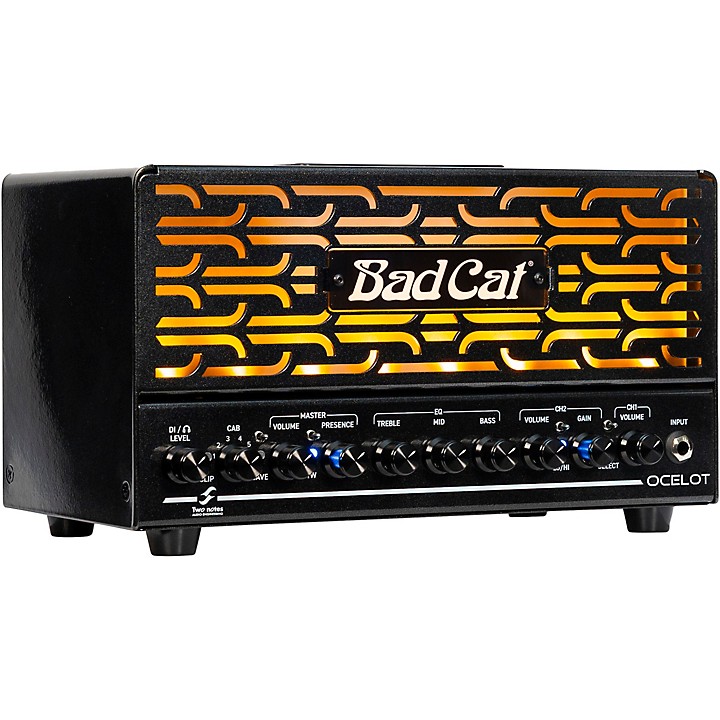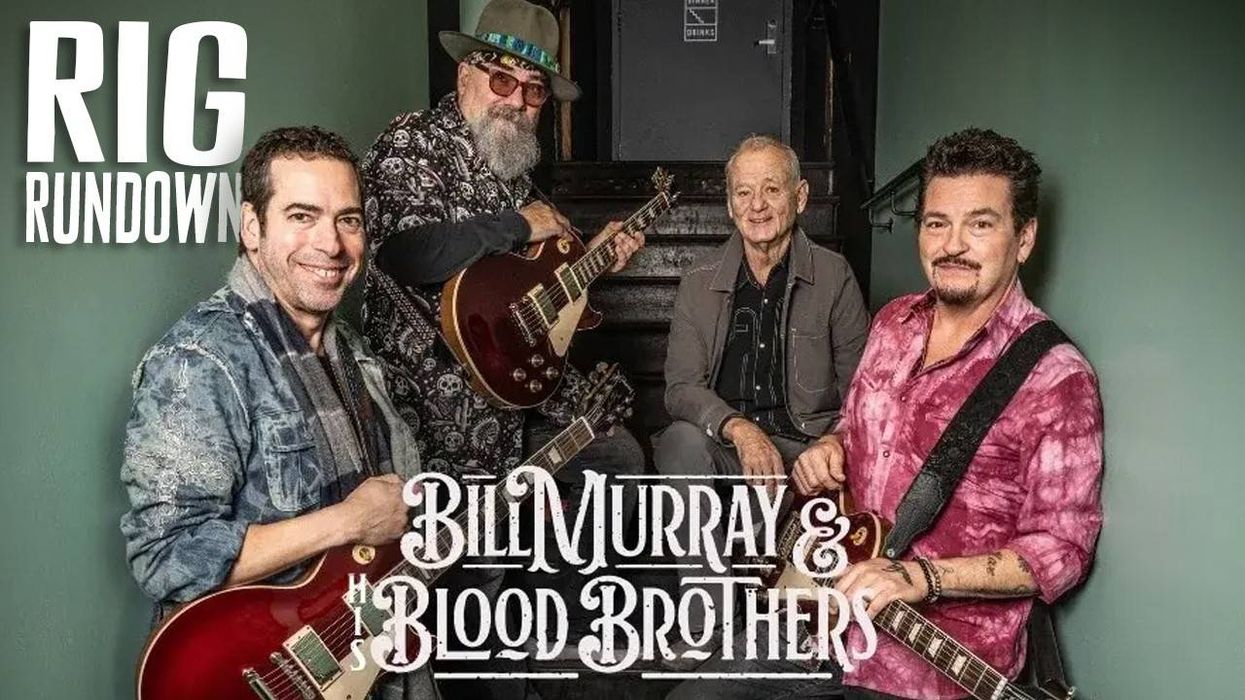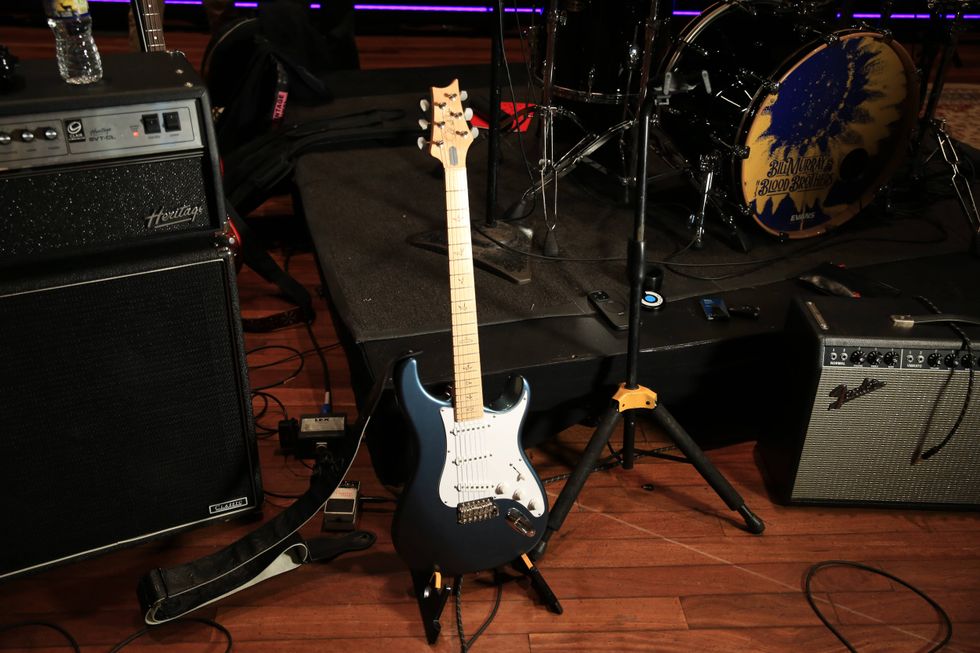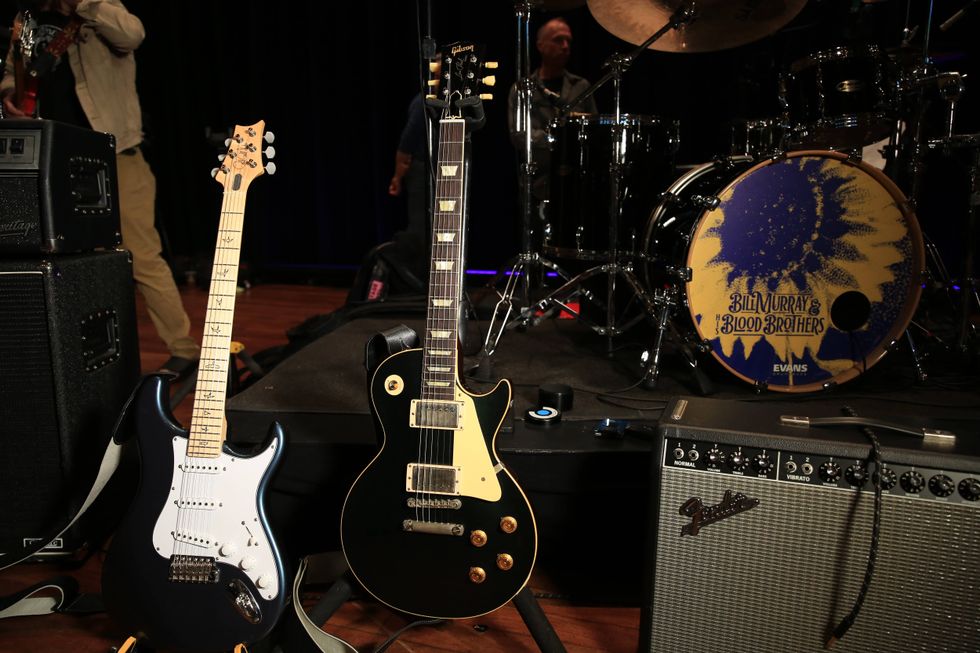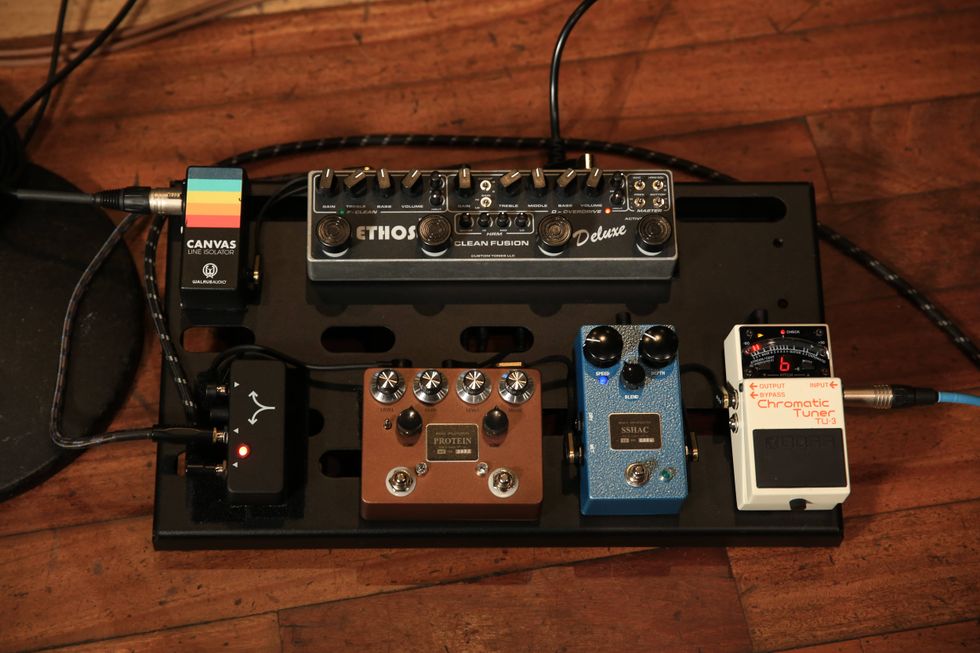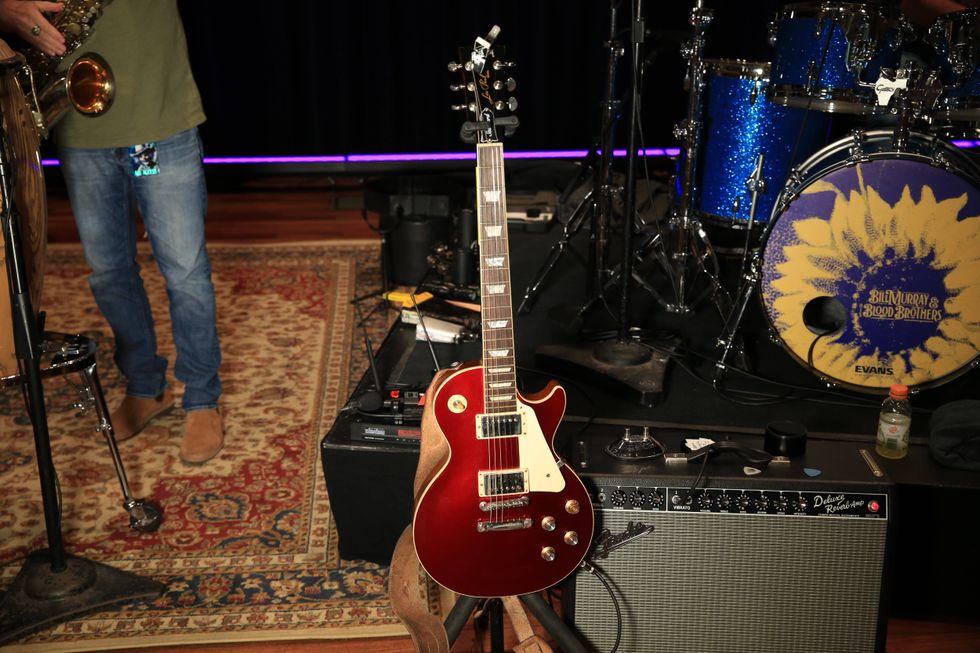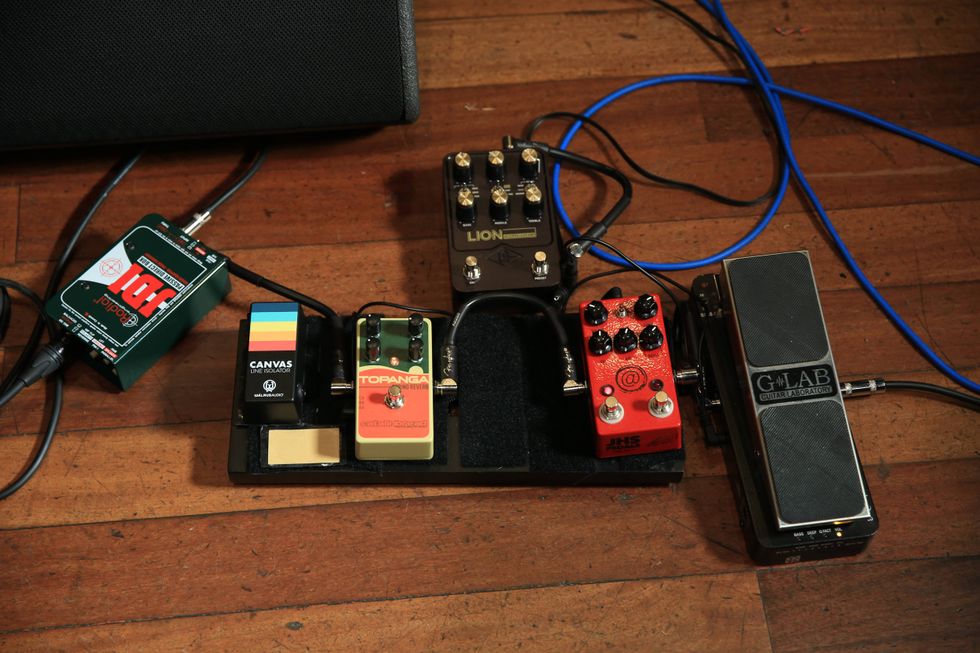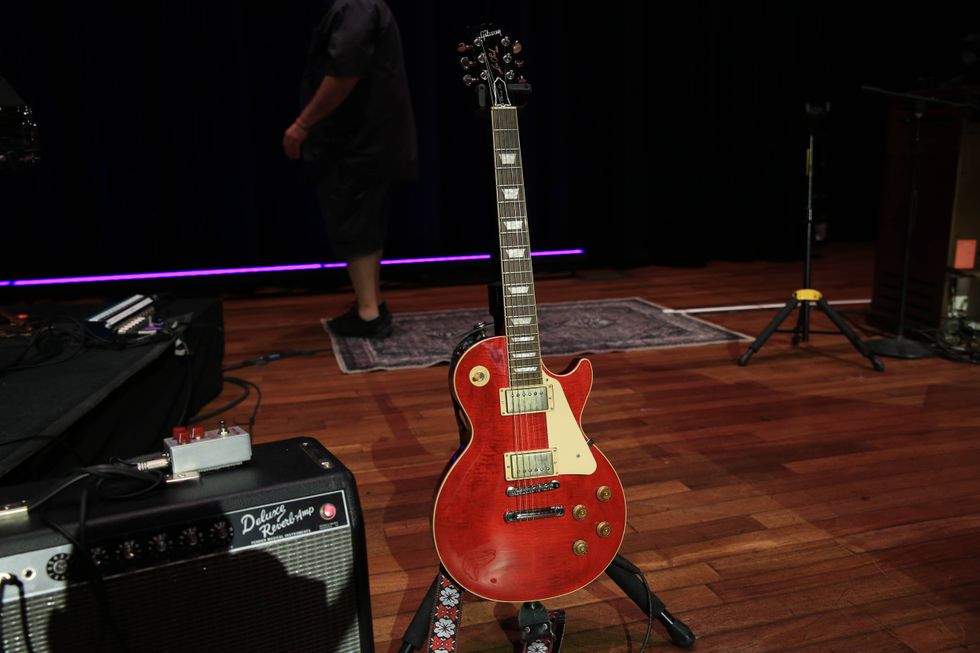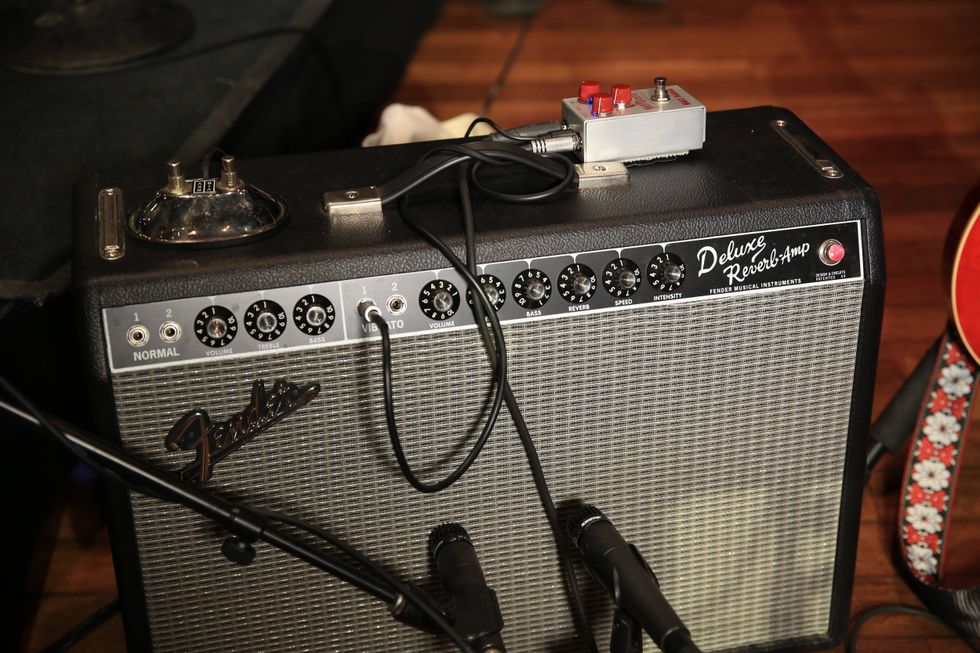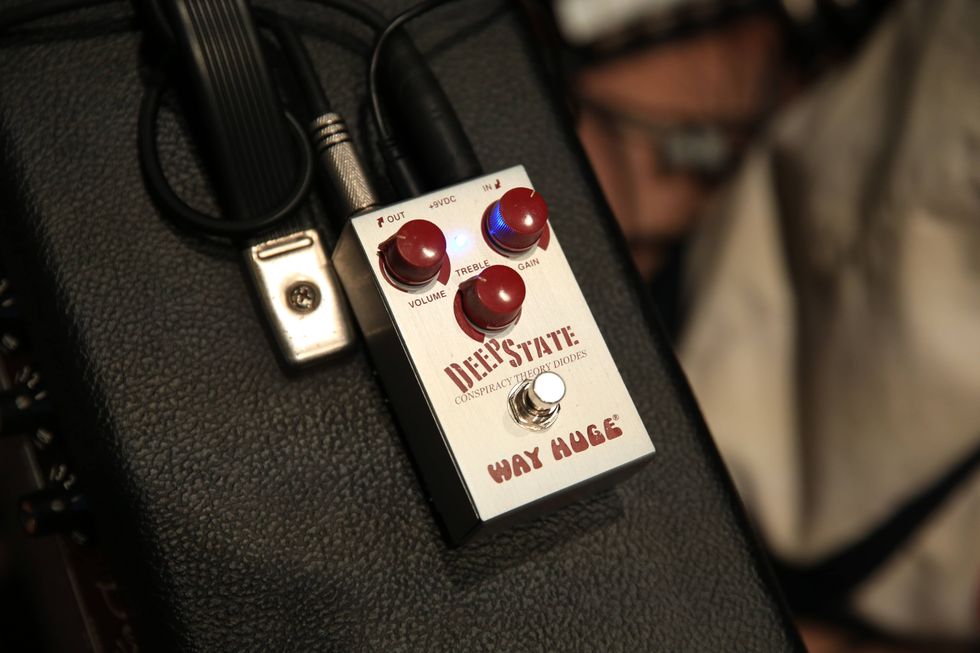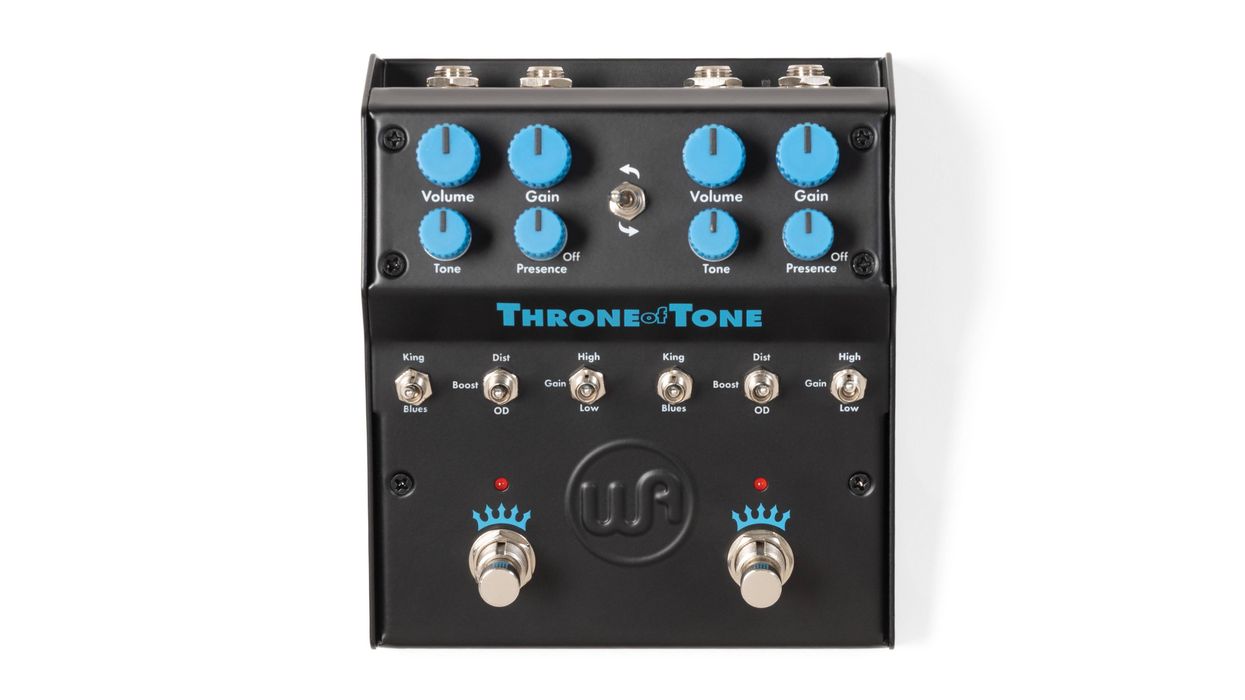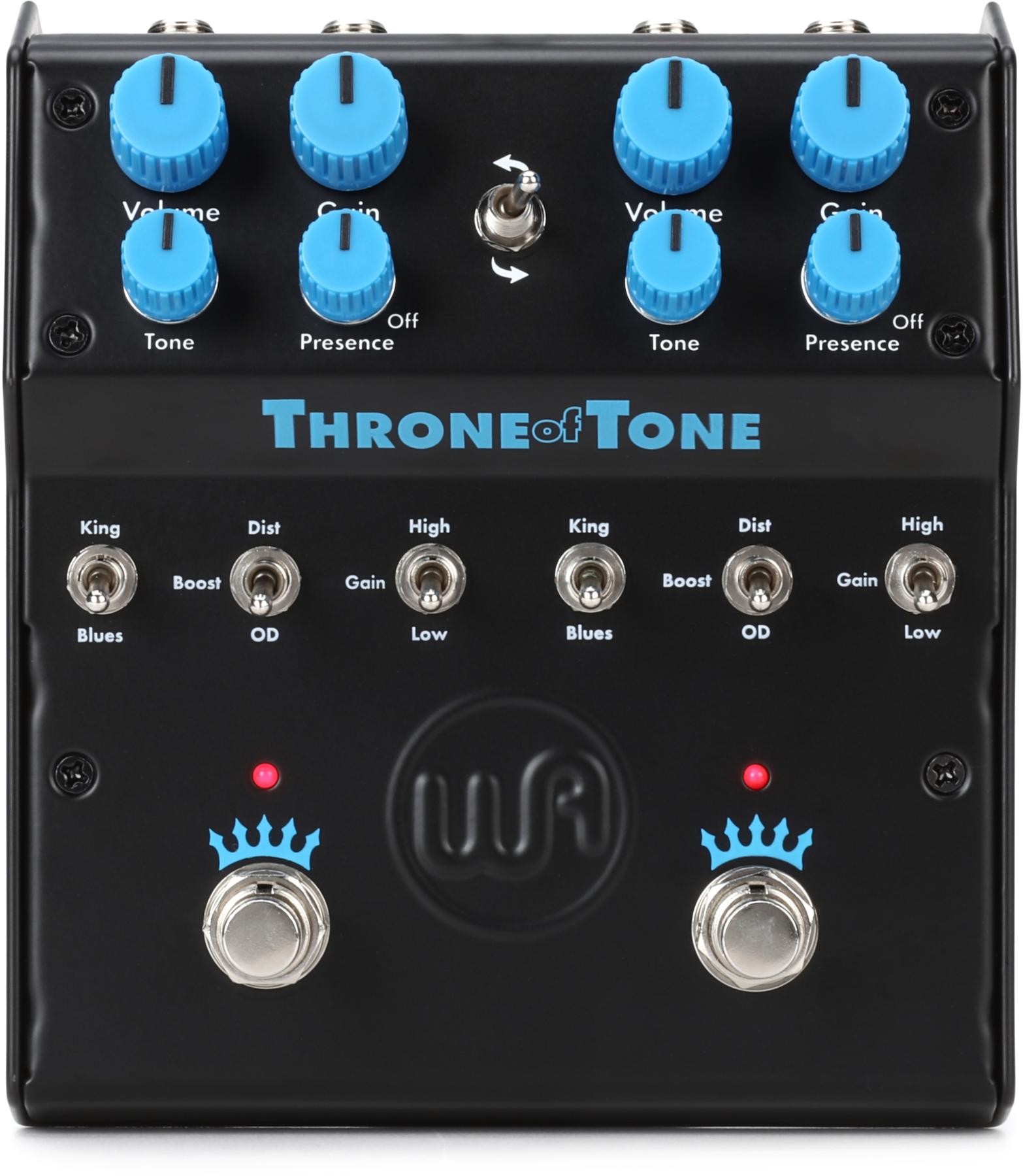Birth of a Boogie
Mesa Boogie has accomplished a lot in 40 years, without ever giving up their roots. We trace the evolution of the Mesa Boogie product line from the humble beginnings in a converted dog kennel to the newest Express line.
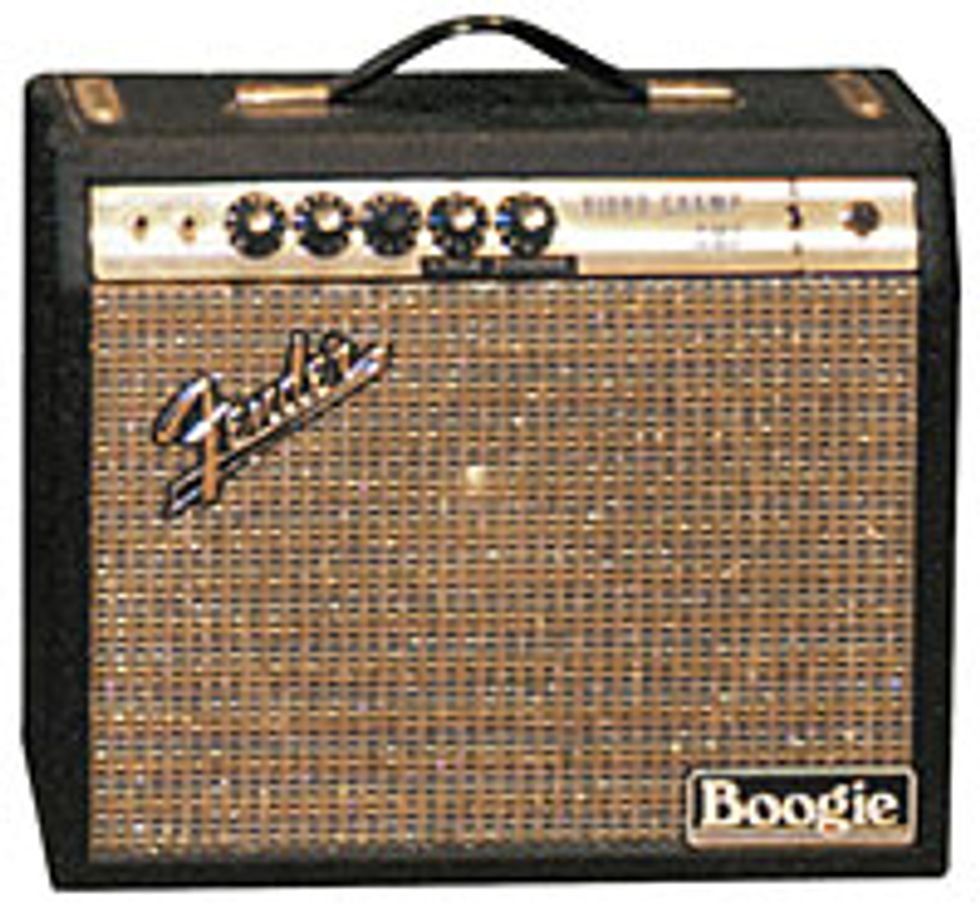 |
|
1967 - Princeton Boogies Randall Smith begins modifying Fender Princeton amps as a practical joke on a friend and the first high-powered 1x12 combo is born. Carlos Santana says, "Man that little thing really Boogies!" and the baby is named. |
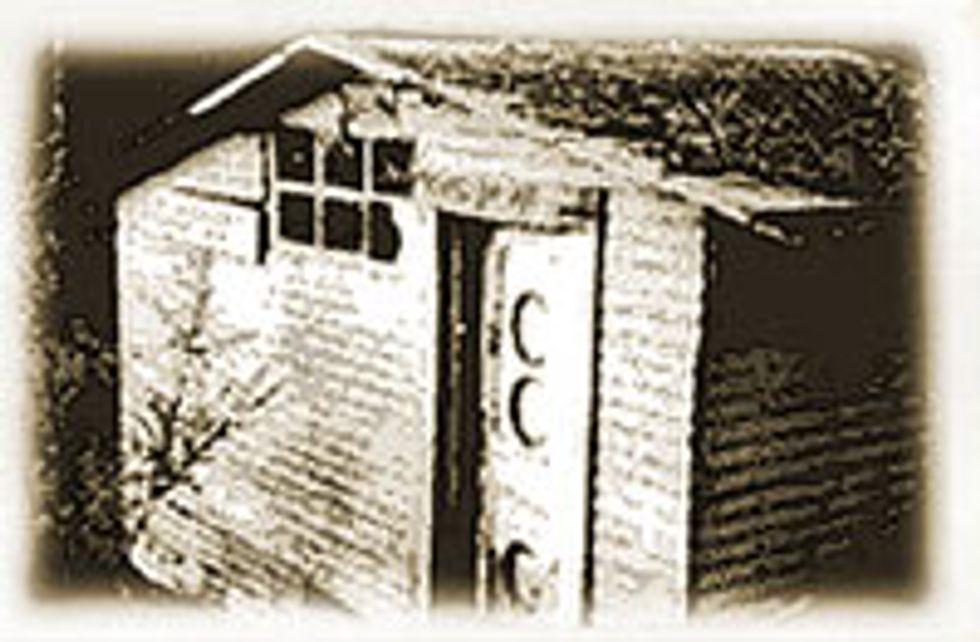 |
1969 - The Toneshack The infamous converted dog kennel, where the earliest Boogies were created. |
|
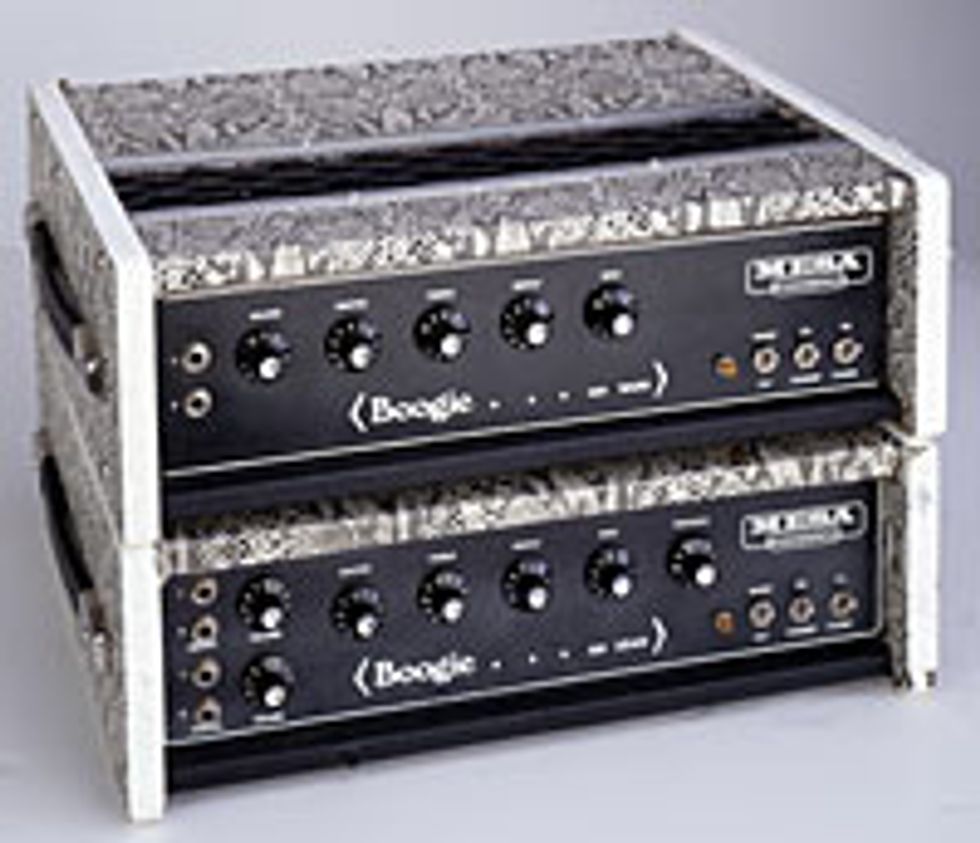 |
1971 - 130 Bass & 130 Lead Heads After modifying more than 200 Princetons, Fender cuts off the supply and Smith builds a garage/studio as a more efficient way to meet the growing demand for Boogies. As Smith makes money rebuilding Mercedes-Benz engines, he also makes the 130 Bass & 130 Lead Heads from scratch. |
|
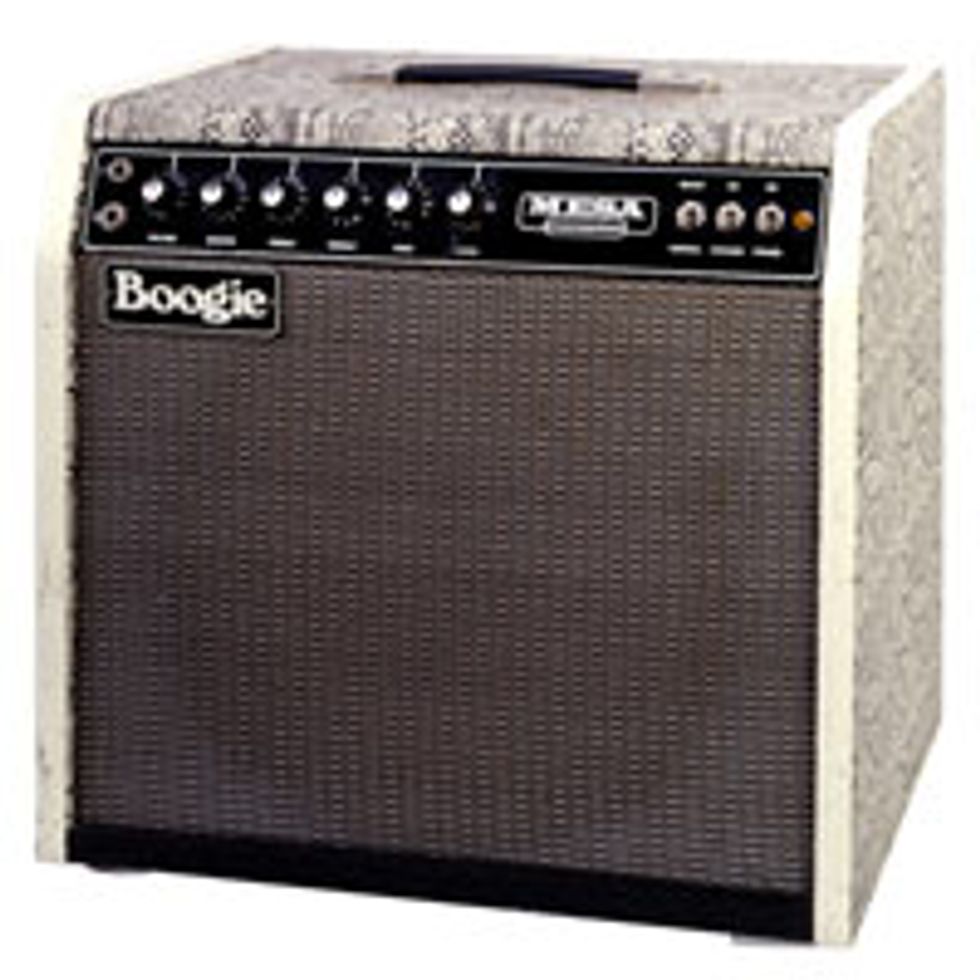 |
1972 - Snakeskin Mark I Boogie After building about a dozen of the early heads, Smith yearned for something more, and experimented until he developed the high-gain cascading pre-amp, multiplying the normal amplifier gain by 50. The Mark I continues to be a Mesa Boogie staple. |
|
| 1980 - Mark II-A Mesa Boogie pioneers yet another development in guitar amplifiers with the Mark-II, the first channel-switching amplifier. Before long, separate channels for rhythm and lead will be commonplace. |
||
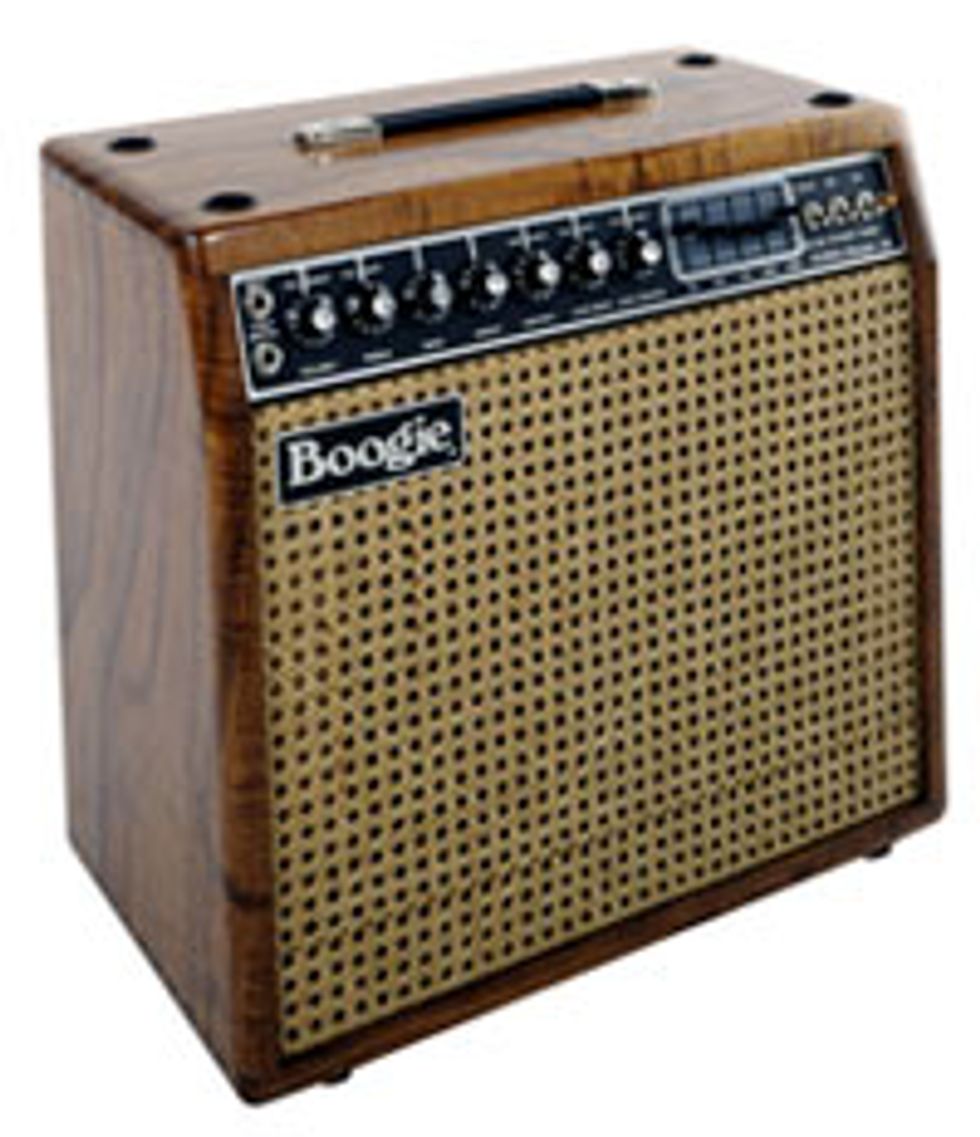 |
1982 - Mark II-B Effects junkies everywhere rejoice as Mesa Boogie develops the first amp with an effects loop. |
|
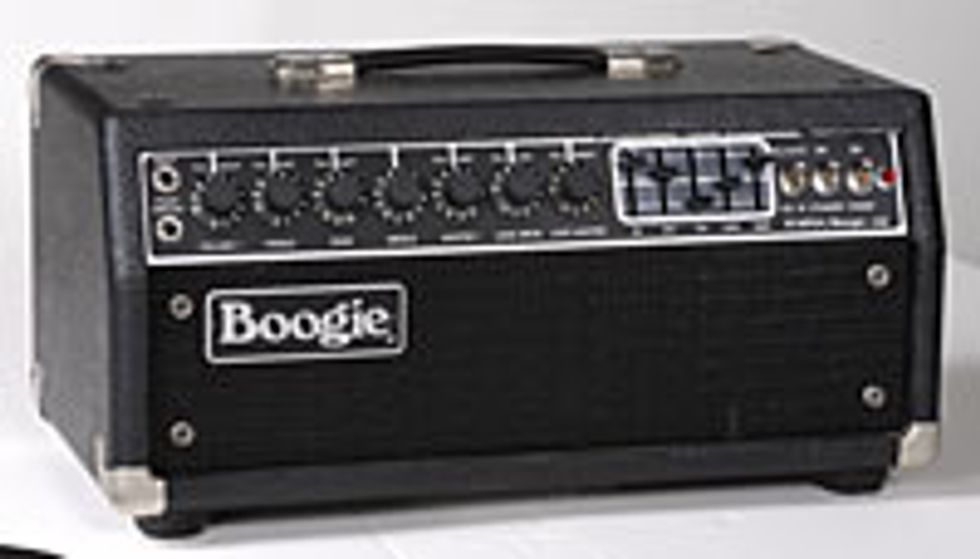 |
1983 - Mark II-C+ The legendary C+ brings such incredible sounds that the amp perseveres to the point of tripling in value for today''s discerning tone-seekers. |
|
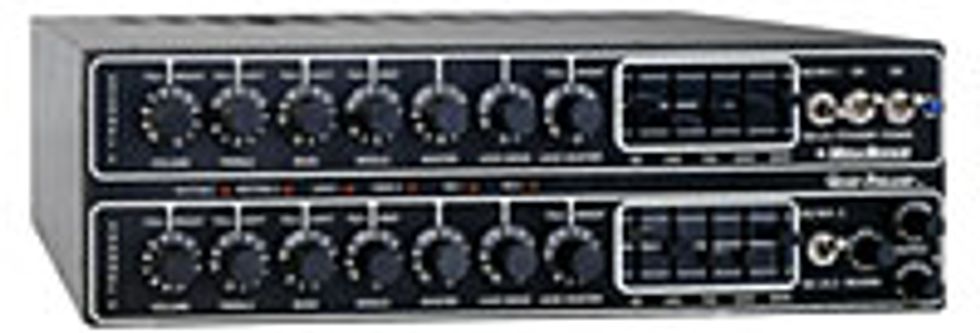 |
1986 - Quad & Studio Preamps and Mark III Contributing to - for better or worse - the "gotta have ''em" rack situation of the eighties, these preamps introduce tuned recording outputs. Meanwhile, the Mark III becomes the first amp to offer three modes: clean, crunch and the classic Boogie lead. |
|
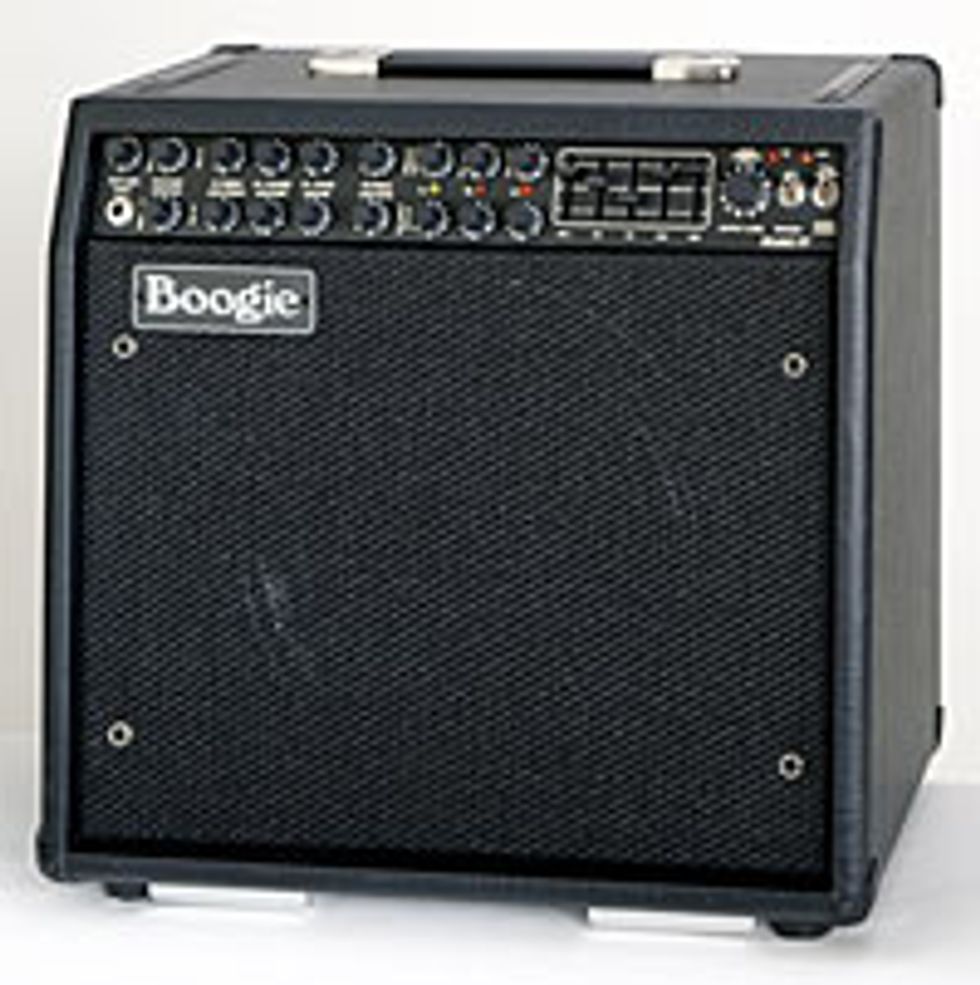 |
1989 - Mark IV For fans of truly huge sound, the Mark IV offers 85 monstrous watts and will go on to win Amp of the Year three times and be a Mesa Boogie best-seller. |
|
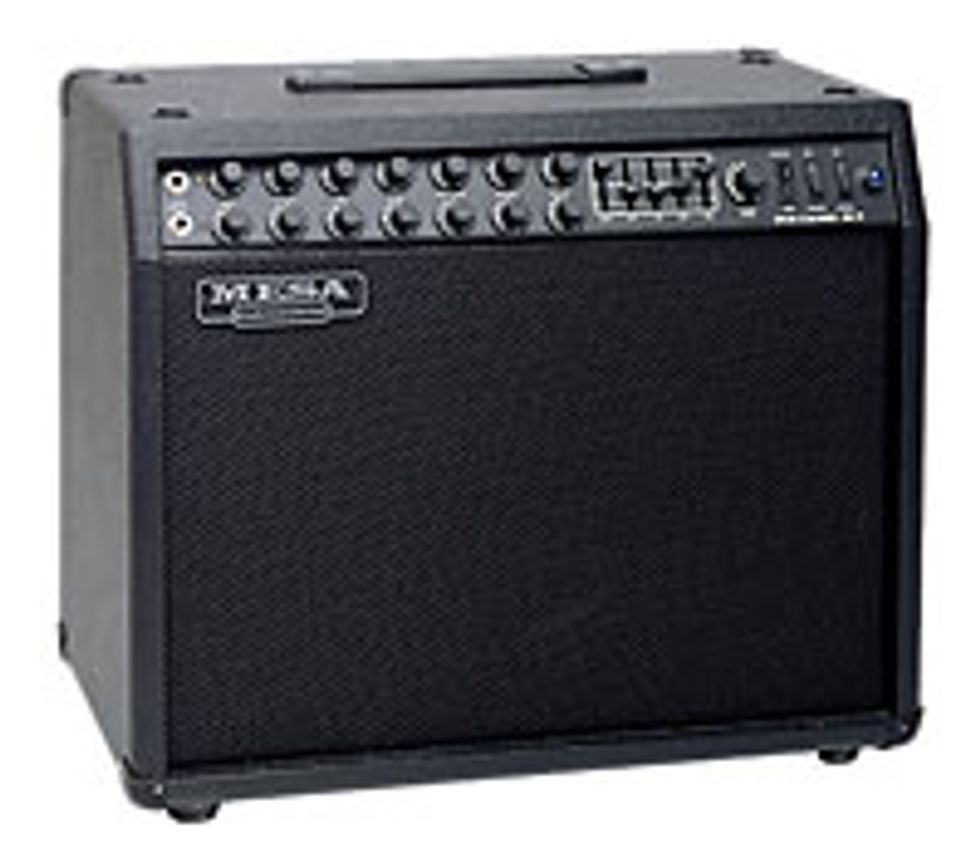 |
1990 - Dual Calibers The beginning of a very successful decade brought three Dual Caliber models: DC-3, DC-5 and DC-10. These amps would lay the foundation for the F-Series in the beginning of the next decade. |
|
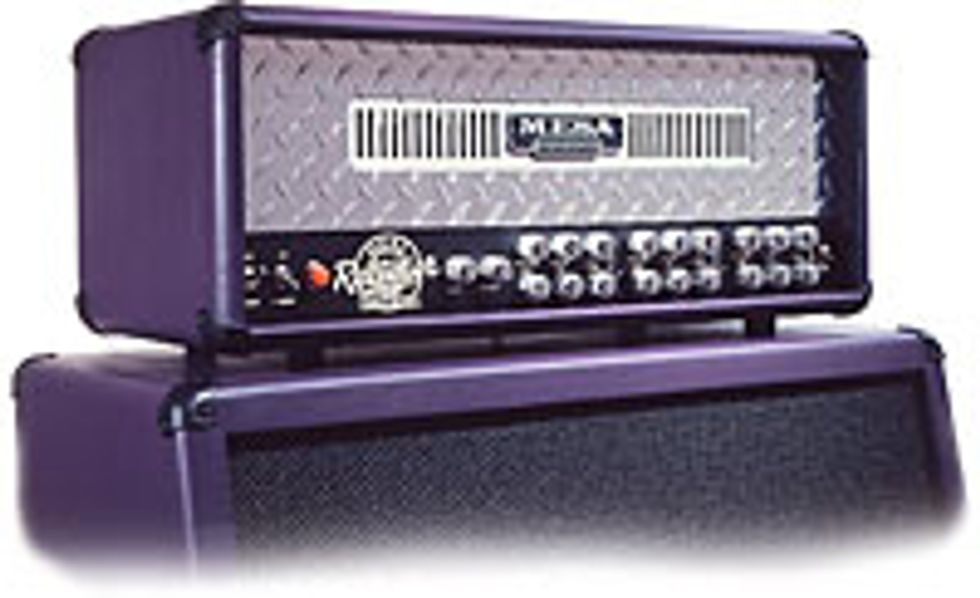 |
1991 - Dual & Triple Rectifiers These amps enter the scene and take Mesa Boogie to a whole new audience. The huge low end and massive wattage become perennially popular and redefine the guitar stack - and threaten to define Mesa Boogie entirely. |
|
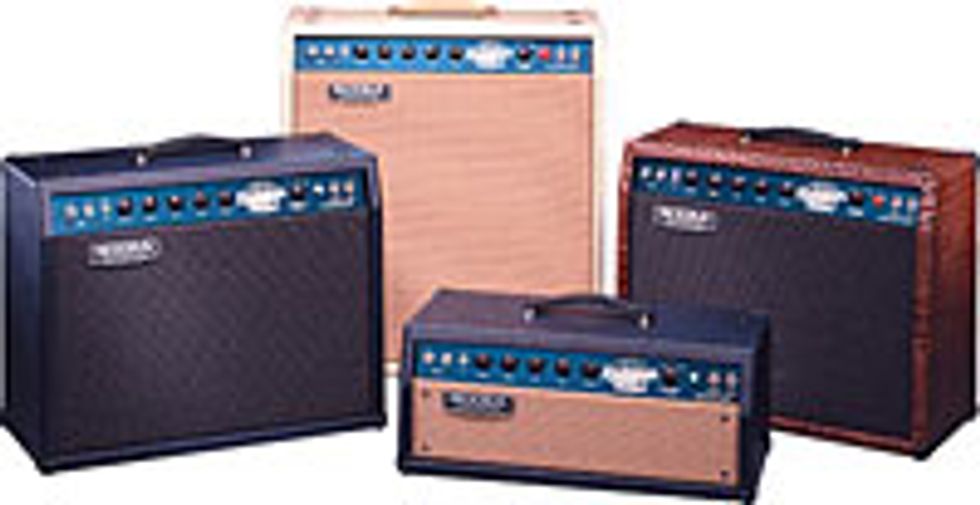 |
1994 - Maverick and Blue Angel The short-lived Maverick and Blue Angel amps bring about a simpler sound than that of the rectos, and gain such a loyal following that elements from these amps appear frequently in current amps. |
|
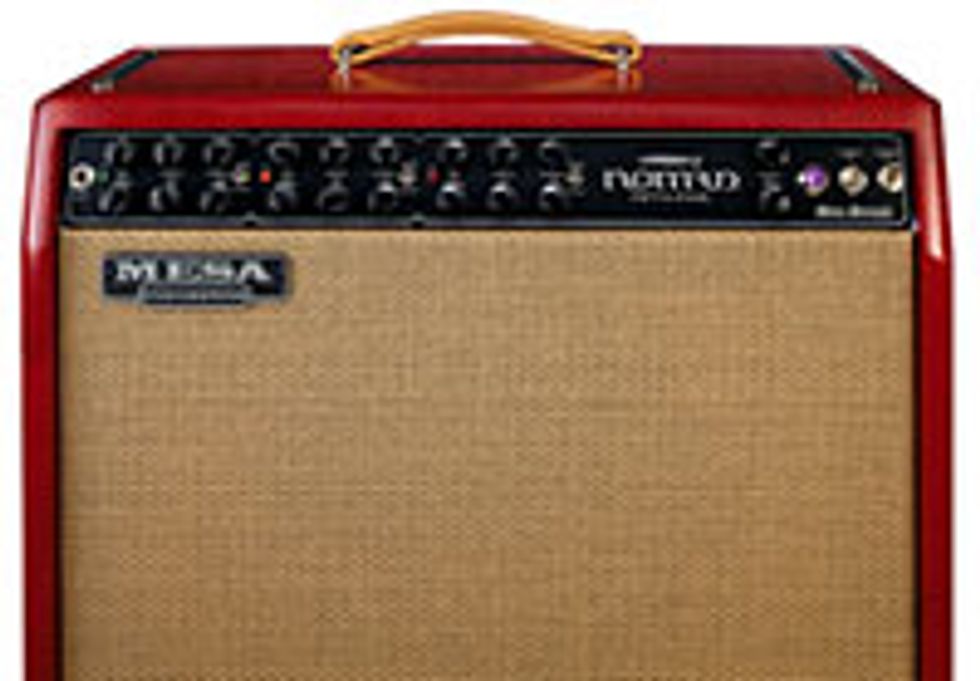 |
1998 - Nomads After going over the top with the Triple Rectifiers, Mesa Boogie brings it down a notch with the Nomad, allowing the player to choose between six modes in three channels for vintage, responsive sounds. |
|
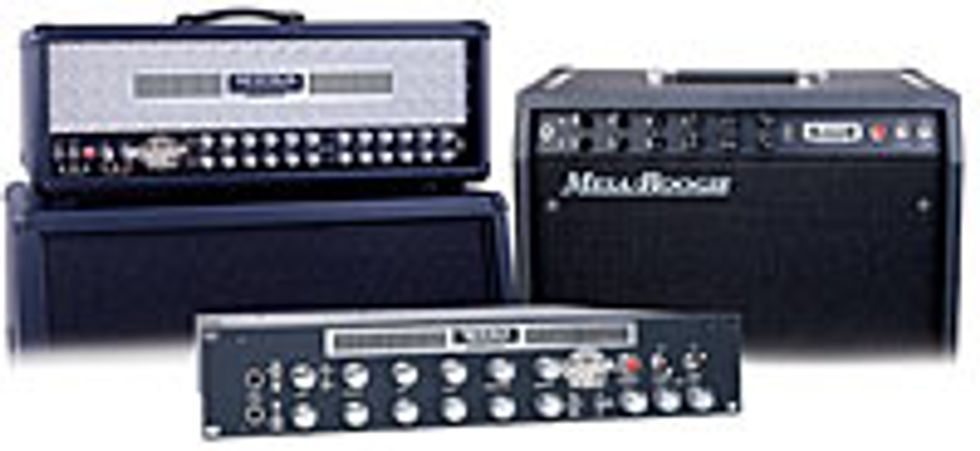 |
2000-02 - Road King, Rec Pre & F-Series Early in the millennium, Mesa Boogie went on a development spree, releasing three series'' of amps, the Road King, Rec Pre, & F-Series. |
|
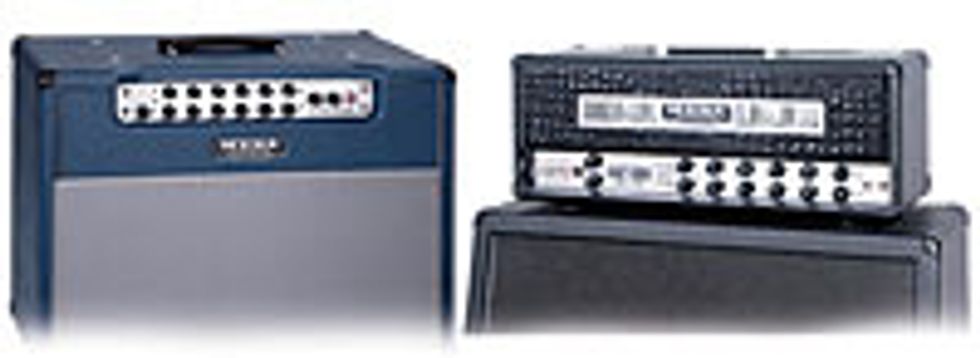 |
2004 - Lone Star & Stiletto With these two amps, Mesa Boogie refines its focus and takes aim at two specific genres - Texas blues and classic British rock. |
|
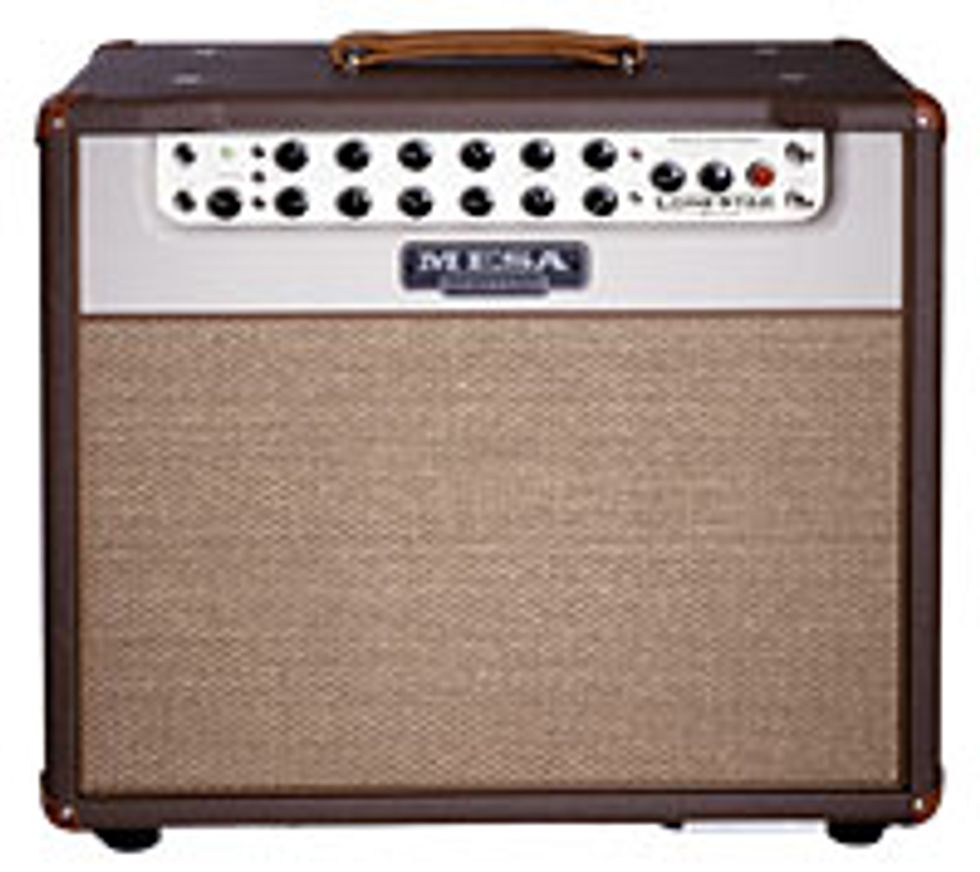 |
2005 - Lone Star Special Always pioneers, Mesa Boogie creates an amp that can actually switch from single-ended wiring to push-pull. |
|
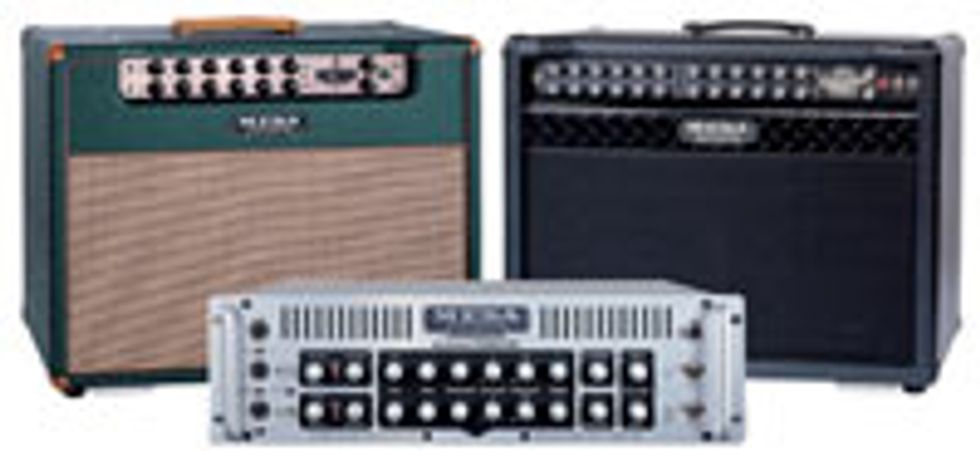 |
2006 - Ace, Titan & Roadster In another flurry of releases, the Stiletto Ace continues on a British tear, the Titan gives options for Bass and the Roadster shows its Recto pedigree with a whole new clean sound. |
|
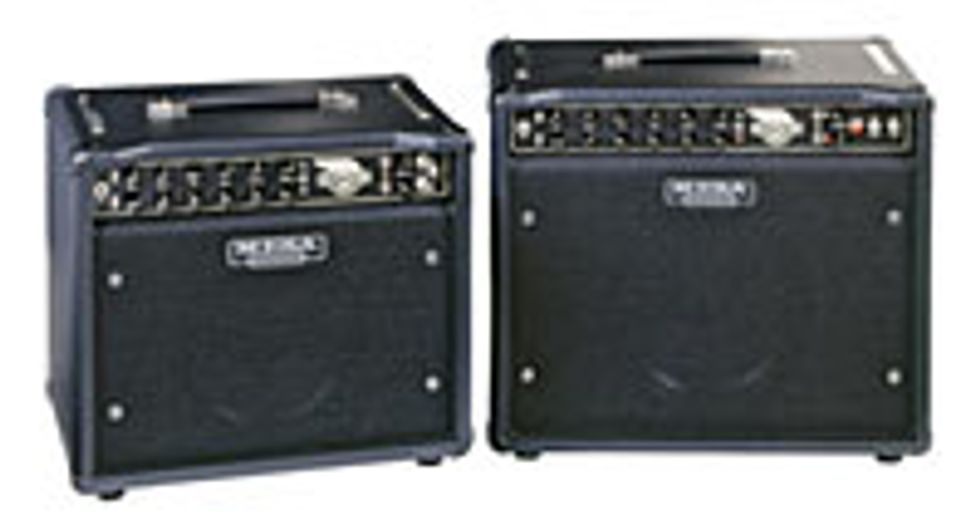 |
2007 - Express Series Mesa Boogie returns to a smaller, more portable amplifier with the Express Series, which also veers away from the trend of bass-heavy amps for a balanced sound. |
|


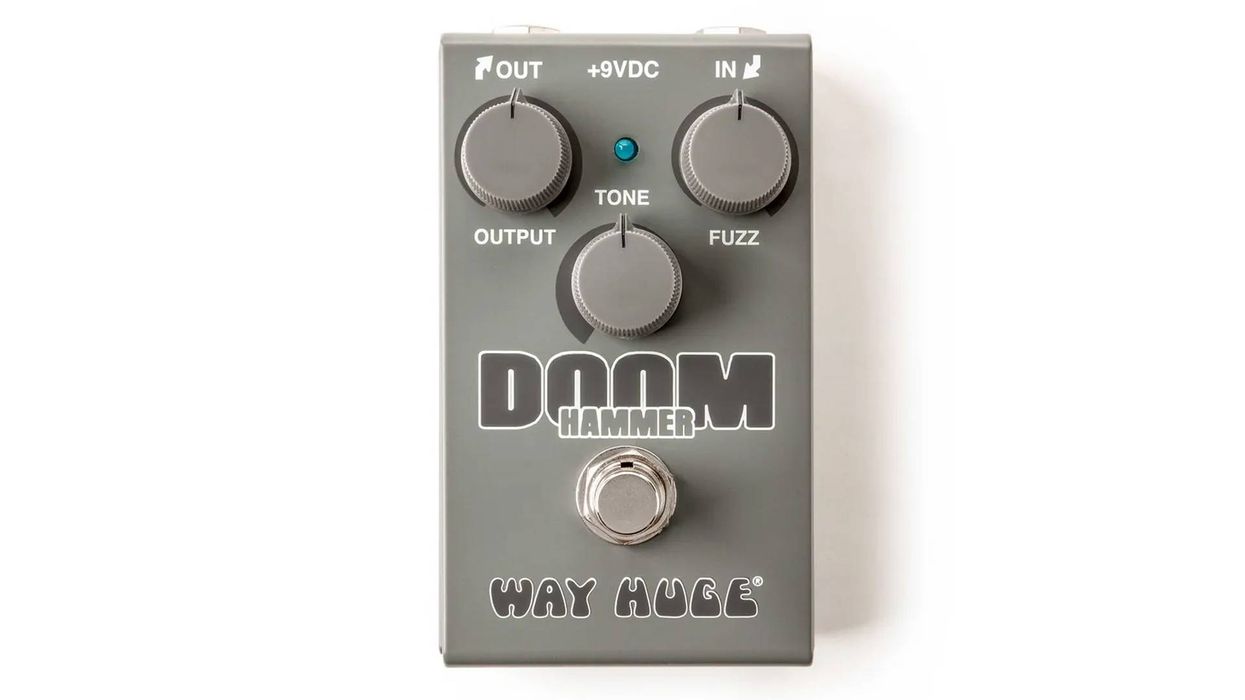
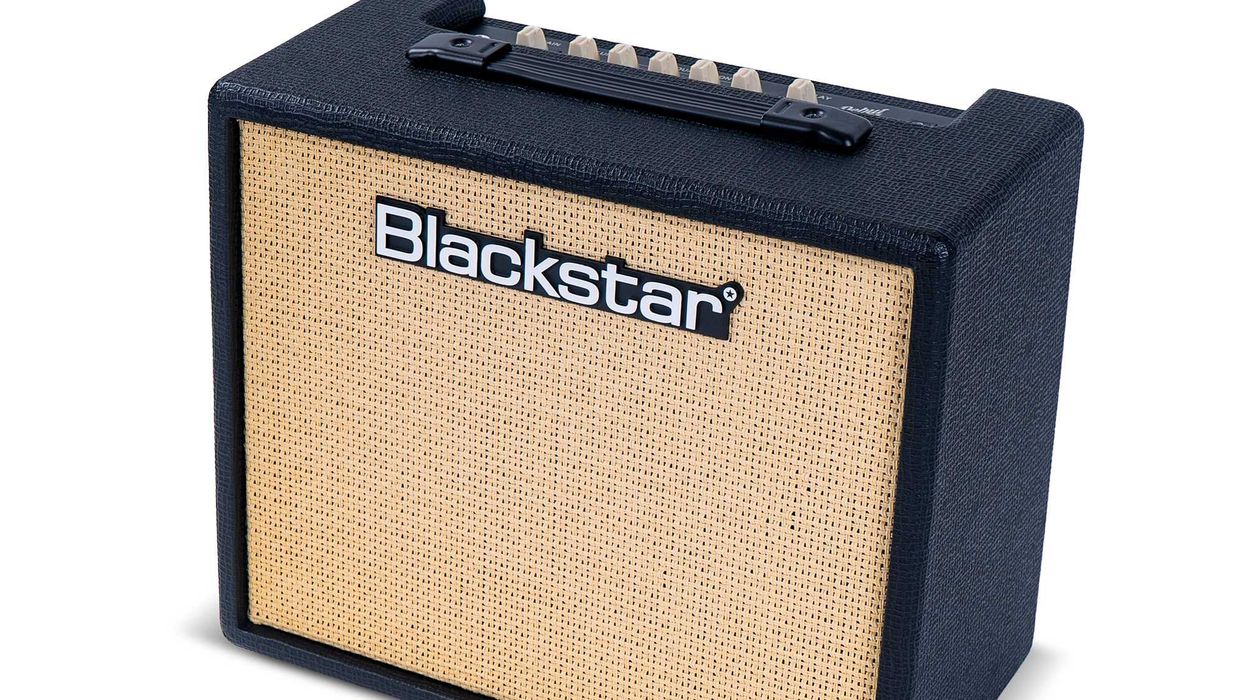
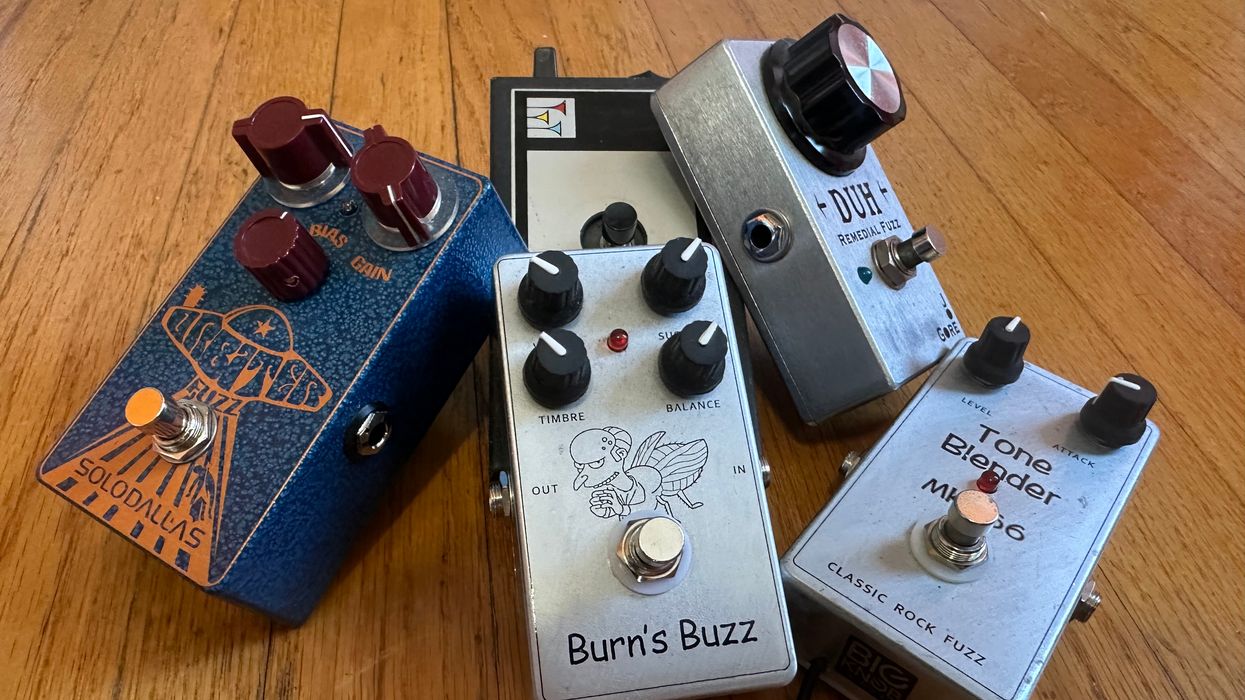

![Rig Rundown: Russian Circles’ Mike Sullivan [2025]](https://www.premierguitar.com/media-library/youtube.jpg?id=62303631&width=1245&height=700&quality=70&coordinates=0%2C0%2C0%2C0)
